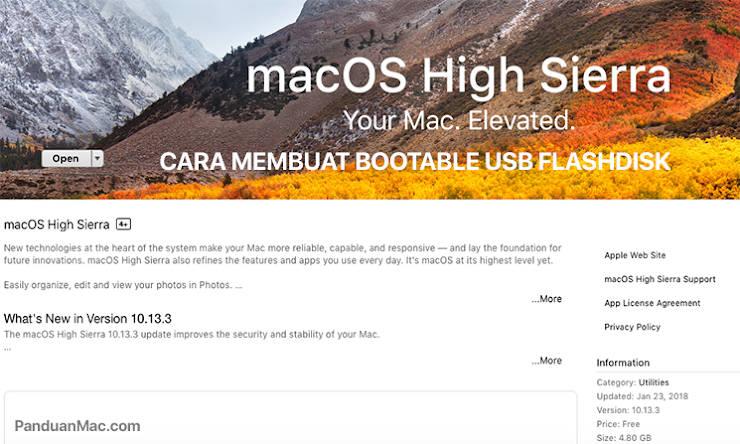
If you’d rather not rely on a third-party tool to create your disk, Apple offers a built-in Terminal-driven method outlined here. The (Slightly) Harder Way: With the Terminal The Terminal method, outlined below, does not include these. When the process is done you’ll hear a loud lion roar (seriously, it freaked me out), and you’ll see the completed drive.ĭiskmaker X also offers a variety of utilities, which can come in handy. Once you authorize the action, DiskMakerX will mostly run in the background. Choose the drive or partition, knowing that it will be completely overwritten. Start the program and it should find the installer you downloaded above. If you’ve put the installer somewhere besides the Applications folder, you can direct DiskMaker X to the file manually.Īfter that, you’ll be asked which disk you’d like to use. Installing is simple: just mount the DMG, then drag the program to your Applications folder.
#Startup disk for mac sierra install#
Generally, the latest version supports only the latest version of macOS if you want to install something older than macOS High Sierra, check the list of older versions and download one that’s compatible with your chosen operating system. The simplest way to create a boot USB drive is to download DiskMaker X and use it to create your drive. There are two ways to do this: one with third party software, and another with the Terminal.


Again, the installer will launch when the download is complete close the window when this happens. Click the “Download” button to the left of the release you want to install, and your Mac will download it. You will only find versions you’ve previously downloaded here. Instead, you’ll have to head to the “Purchases” tab in the installer and scroll down until you find the version of macOS you want on your thumb drive. If you don’t want the latest version of macOS, searching the App Store won’t help you.


 0 kommentar(er)
0 kommentar(er)
